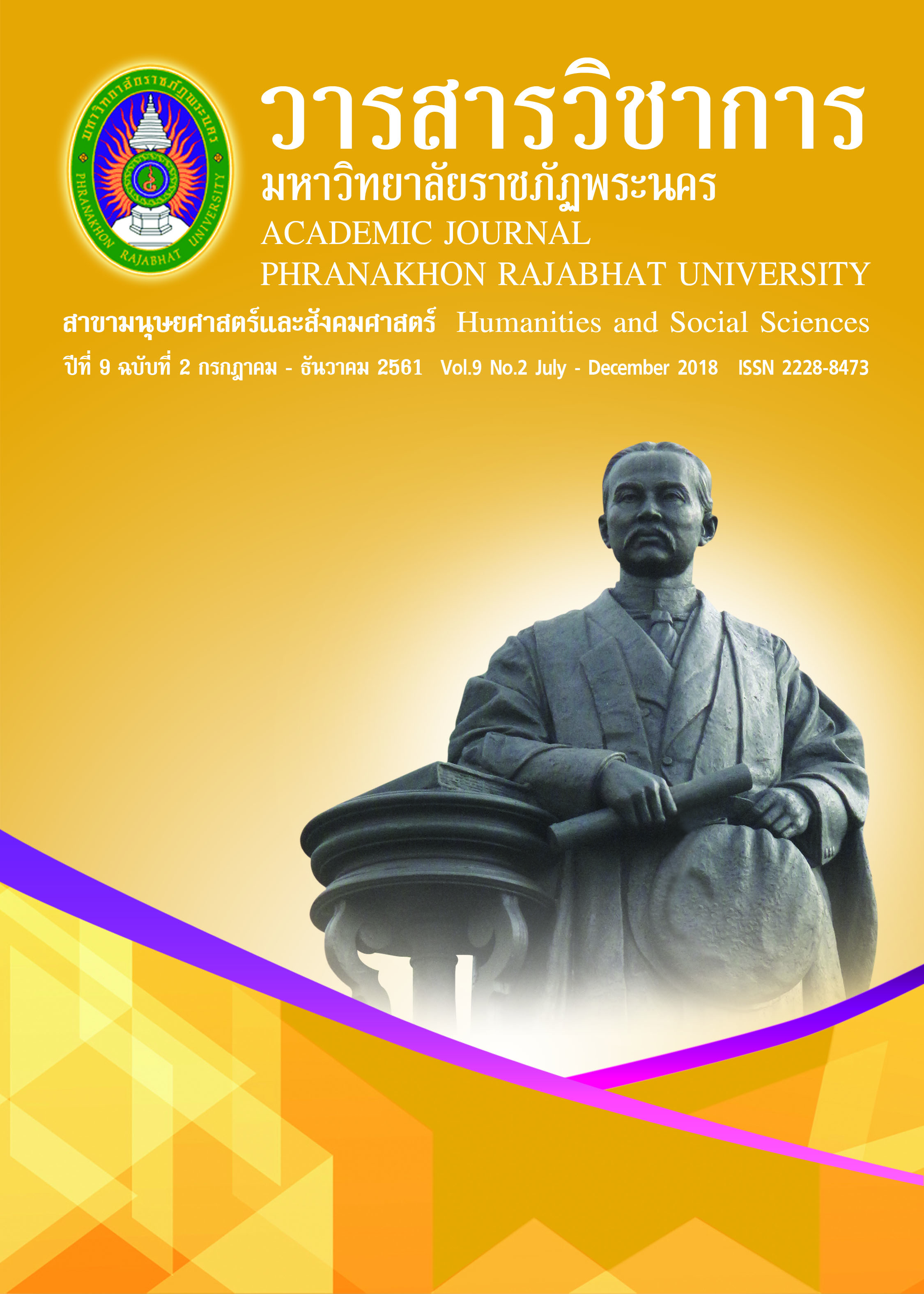AN EXPERIMENTAL STUDY OF VCL AND CSCL TO ENHANCE STUDENTS’ LEARNING ACHIEVEMENT AND ENGAGEMENT IN CHEMISTRY
Keywords:
Computer Supported Collaborative Learning, Learning achievement, Virtual Chemistry lab,, Engagement, ChemistryAbstract
Virtual Chemistry Labs (VCLs) are among the emerging technologies being used in education today. Of the various educational uses of this pedagogy, the focus of this research targeted two objectives; first, comparing the students learning achievement using VCL together with computer-supported collaborative learning (CSCL) to that of real labs (RL) and secondly investigating students’ learning engagement
using VCL together with CSCL. A quantitative research method mixed with a qualitative study was used to measure the students’ learning achievement and engagement respectively during chemistry lessons. The results of the post-test indicated that students’ learning achievement significantly increased after performing virtual chemistry lab experiments. The average post-test mean score of the experimental group was 34.25 as opposed to pre-test 26.65 before VCL and CSCL were applied to carry out the study. The significance level obtained from comparing post-tests of the two groups was 0.000. This is a statistically significant figure implying that the experimental group had a better performance from the post-tests than the control group. Similarly, observation results also indicated student engagement. In fact, 80% of the time was spent by students actively engaged in VCL activities and collaboratively working together with their peers. In addition to this research, possible directions for further research in the use of VCL were discussed.
References
Andreas, K., Tsiatsos, T., Terzidou, T., & Pomportsis, A. (2010). Fostering collaborative learning in Second Life: Metaphors and affordances. Computers & Education. 55(2), 603-615.
Bronack, S., Riedl, R., & Tashner, J. (2006). Learning in the zone: A social constructivist Framework for Distance education in a 3-dimensional virtual world. Interactive Learning Environments. 14(3), 219-232.
Burgess, M., Slate, J., Rojas-LeBouef, A., & LaPrairie, K. (2010). Teaching and learning in Second Life: Using the Community of Inquiry (CoI) model to support online instruction with graduate students in instructional technology. The Internet And Higher Education. 13(1-2), 84-88.
Cobb, S., Heaney, R., Corcoran, O., & Henderson-Begg, S. (2009). The learning gains and student perceptions of a second Life Virtual Lab. Bioscience Education. 13(1), 1-9.
DeMunck, V., & Sobo, E. (1998). Using methods in the field. Walnut Creek, CA [u.a.]: AltaMira Press. [u.a.].
Dewey, J. (1938). Experience and education. New York: Macmillan. Dillenbourg, P. (2008a). Collaborative Learning: Cognitive and Computational Approaches. Advances in Learning and Instruction Series (1st ed.). Amsterdam: Elsevier
Science, Inc.
Feisel, L.D., & Rosa, A.J. (2005). The role of the laboratory in undergraduate engineering education. Journal of Engineering Education. 121-130.
Girvan, C., & Savage, T. (2010). Identifying an appropriate pedagogy for virtual worlds: A Communal Constructivism case study. Computers & Education. 55(1), 342-349.
Gokhale, A.A. (1995). Collaborative Learning Enhances Critical Thinking. Journal of Technology Education. 7(1), 22-30.
Hudson, K., & Degast-Kennedy, K. (2009). Canadian border simulation Lyalist College. Journal of Virtual Worlds Research. 2(1), 3-11.
Hwang, W-Y., Chen, H. S. L., Shadiev, R. Huang, R., Y-M., & Chen, C. Y. (2014). Improving English as a Foreign Language Writing in Elementary Schools Using Mobile Devices in Familiar Situational Contexts. Computer Assisted Language Learning. 27(5), 359-378.
Martin, A. (2008). Enhancing student motivation and engagement: The effects of a multidimensional intervention. Contemporary Educational Psychology. 33(2), 239-269.
Oblinger, D., Barone, C., & Hawkins, B. (2001). Distributed education and its challenges. (1st ed.). Washington, D.C.: American Council on Education.
Palincsar, A. S., & Brown, A. L. (1984). Reciprocal teaching of comprehension- fostering and comprehension-monitoring activities. Cognition and Instruction. 1(2), 117-175.
Piaget, J., & Piaget, J. (1973). To understand is to invent. (1st ed). New York: Grossman Publishers.
Roblyer, M., & Doering, A. (2013). Integrating educational technology into teaching (1st ed). Upper Saddle River, NJ: Pearson Education.
Slater, M., & Usoh, M. (1993, September). Presence in immersive virtual environments. Proceedings of the IEEE Virtual Reality Annual International Symposium, Seattle. WA. 90-96.
Stahl, G., & Hesse, F. (2013). Collaborative Learning at CSCL 2013. International Journal of Computer-Supported Collaborative Learning, 8(3), 267-269.
Stahl, G. (2008). Reflections on WebGuide. Seven issues for the next generation of collaborative knowledge-building environments. Mahwah, NJ: Lawrence Erlbaum Associates.
Vygotsky, L.S. (1978). Mind in society: The Development of Higher Psychological Processes. Cambridge, MA: Harvard University Press.
Downloads
Published
How to Cite
Issue
Section
License
"บทความวิชาการในวารสารฉบับนี้ ถือเป็นความรับผิดชอบของผู้เขียนเท่านั้น"
สงวนลิขสิทธิ์ตามพระราชบัญญัติลิขสิทธิ์



